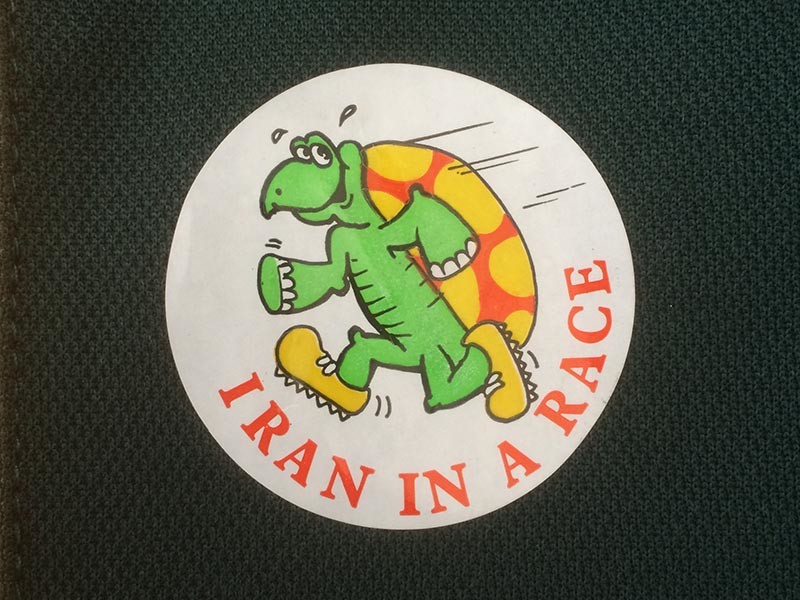Do I need a proofreader, editor or copywriter?
Most people understand the product or service they’re marketing, but the real trick is converting that information into text which:
- conveys the information or message succinctly and professionally;
- the target audience relates to;
- encourages the reader to take action (eg converts prospects to customers and convinces them to do something);
- helps to get (and retain) the reader’s attention;
- fits the physical space available;
- has the right tone of voice;
- is broken into logical sections and which flows;
- has no spelling, grammatical or tense errors;
- has minimal jargon which the target audience doesn’t understand.
No matter if you’re writing an advert, technical specifications for a product, point-of-sale text for packaging, promotional text for a brochure or website text. It needs to be well written.
Some clients have the gift of writing text but still choose to get our copywriter’s assistance, or even our editor can ensure things like tense, grammar and punctuation are perfect.
Proofreading
Finding a typo or grammatical error after a project is printed and distributed (including electronic distribution) is every businessperson’s nightmare. But there are some simple solutions.
Depending on your resources, you can ask staff, colleagues, managers, directors, friends and family to proofread your material. But sometimes they’ll miss things, and you may find it embarrassing if you don’t implement all their suggestions. A relatively cost-conscious option is to engage a professional proofreader.
Something else you might not have considered, is proofreading in situ. That is, reading the text once the designer has placed it on the page(s). Sometimes the font, letter kerning, spacing might affect the way copy reads, even just breaking two words
Editing
It can be hard to see the forest for the trees, especially when you know so much about a topic.
Copywriting
You might not have the time or the skill to craft clever wording for your material.
Design
Even if your text is well-written, errors in layout or logic can happen. Professional designers will always try to avoid:
Prioritising readability
There’s no point designing creative and attention-grabbing designs if the end result isn’t functional for the reader. The layout of headings, subheadings, text, captions, photos, infographics and graphical elements are vital to the effectiveness of print and onscreen material. This includes the choice of fonts, character spacing, letter spacing, paragraph spacing and even the layout.

